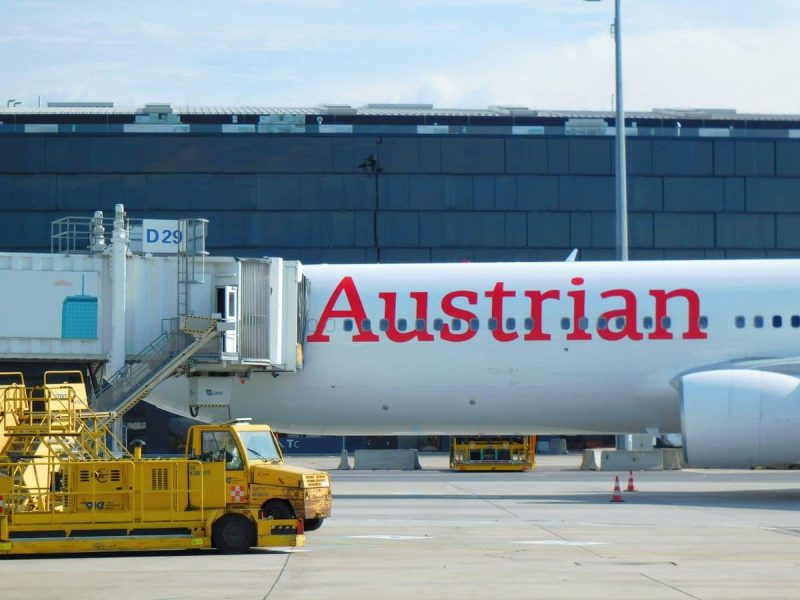In recent weeks, Austrian Airlines has repeatedly made the headlines due to return landings of long-haul aircraft. For technical reasons, circulations had to be canceled repeatedly. Even Federal President Alexander Van der Bellen was affected on the way to the UN General Assembly. His flight to New York was canceled because the planned aircraft had a defect. The AUA did not have a replacement aircraft available.
But what is actually behind the frequent failures and problems that Austrian Airlines is currently having on long-haul routes? First and foremost, there are safety reasons behind this, because if a problem is detected before take-off, the machine will not take off at all. The cancellation of long-haul flights and the resulting return landing at the departure airport costs a lot of money. The respective captain always makes such a decision for reasons of safety for the passengers and crew members.
Medical emergencies that require an immediate landing at the nearest airport also occur again and again. Anyone, anywhere, at any time, can suddenly and without any warning find themselves in a situation where they need immediate medical attention. On the ground you usually call the emergency number; in the air, depending on the severity of the emergency situation, you land as quickly as possible so that care can be ensured in a hospital on the ground.
Despite intensive maintenance, a “light that shouldn’t light” can sometimes come on.
“Austrian Airlines’ aircraft are excellently maintained and have a high level of reliability. There is no connection between the incidents; there have been interruptions in long-haul flights in recent weeks due to various individual technical defects, as well as a medical emergency involving a passenger and a bird strike. Technical malfunctions can occur at any time despite the most careful maintenance,” explains an Austrian Airlines spokeswoman upon request.
When asked whether changes and/or savings had been made in the area of technology, the media officer said: “No, that is not the case, there have been no changes here”. It is also explicitly ruled out that the recent failures are related to the supply bottlenecks in the area of spare parts that have been plaguing the industry for some time.
When asked in general about how long Austrian Airlines takes on average for parts that are not in stock, for example because the last spare part has just been installed in another aircraft, the spokeswoman said: “The delivery times of course vary depending on the spare part. In general, spare parts for our long-haul fleet are currently usually available in a short time (within a few hours).”
700 employees keep the aircraft ready to fly
The technical division of Austrian Airlines currently has around 700 employees. The number of people mentioned also includes those employees who do not work directly on the aircraft, but also, for example, in the back office and in engineering.
“Austrian Airlines has maintenance approvals for the aircraft types in its own fleet as well as approval for numerous other aircraft types, such as Bombardier, A380 and A350. External customers also benefit from Austrian Technik’s expertise. Among other things, we carry out daily checks and AOG support for commercial airlines and also maintain VIP aircraft,” said the AUA media officer when asked which types they have authorization for and whether they currently also provide maintenance services for external customers.
Apprentice applications will be accepted again from December 2023
As in all professions, Austrian Airlines also has to think about the future. If no more technicians are trained, sooner or later you will face a massive problem. The maintenance company at Austrian Airlines has been training apprentices for many years, who often stay with the company for a long time or are highly sought after by competitors. Only recently some young people started their apprenticeships again.
Next year, the AUA will again enable young people to receive vocational training. Those interested will soon be able to apply for the apprenticeships. The AUA spokeswoman said: “Austrian Airlines is happy about young talent. Interested parties can apply for an apprenticeship again from the end of December. We will be happy to answer any questions you may have about teaching at Austrian [email protected], further information about teaching can also be found on our careers page.







 trail (for them it's free to use)
trail (for them it's free to use)
Comment